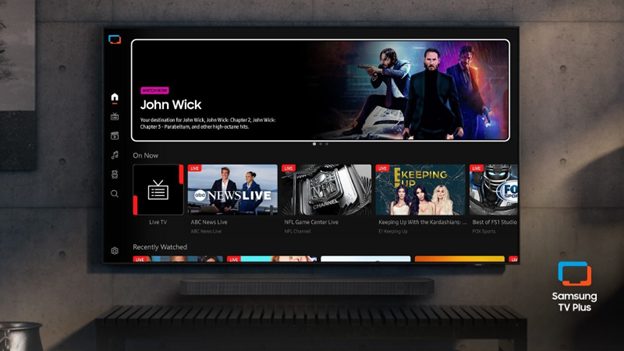Designing effective indoor antennas is difficult due to size and price constraints. Look closely at the indoor antennas available today and you'll recognize conventional dipoles and loops. Most of the differences are in the methods used to make the antenna broadband and to match it to the 75 ohm input of the TV tuner. Advanced technology offers the potential for better indoor antennas, even at VHF frequencies where size is an issue.
The National Association of Broadcasters' technology advocacy FASTROAD program released a report this week that surveys technologies that could lead to indoor antennas with superior performance at both UHF and VHF. The paper, High-Performance Indoor VHF‐UHF Antennas: Technology Update Report examines advanced computational methods, impedance matching, noise canceling, reconfigurable antennas, metamaterials, fractal antennas, and other technology that can be used to improve indoor TV antennas.
In recent RF Reports I've described research into new antenna designs using fractals and metamaterials. The report subjectively evaluated the different technologies and ranked metamaterials the lowest in maturity, with high risk and high design complexity, but after a detailed review of the technology, it concludes, “MTM hold great promise as components in antenna design, particularly at microwave frequencies. Whether or not they can be used effectively at low VHF frequencies is an open question because there simply is not enough data to reach a conclusion. At this time not enough is known about MTM’s electromagnetic behavior. There are no “design handbooks” and essentially no low frequency data. Nevertheless, the performance of MTM-based antennas at microwave frequencies strongly suggests that MTM antennas will be useful at VHF as well.”
Fractal and self similar antennas do a bit better, ranking “moderate” on risk and design complexity and a “6” out of 10 on maturity, but comments note “Controversial performance gain.” The report did not consider combined fractal/metamaterial antennas.
The top rated technology in the ranking was advanced computational methods. These include “simulated annealing”, which was used to create the original DTV allotment tables and other methods based on nature. Maturity was “9” out of 10 and risk was ranked “very low.” It can be applied to any of the technologies surveyed.
Fragmented antennas were ranked next. These antennas consist of many segments, optimized using advanced computational methods. The segments are planar, so even though complex they can be etched on a printed circuit board.
Readers handy with a soldering iron might want to look at “Non-Foster” active impedance matching. The report includes a schematic diagram for an active matching network for use with a 12 inch dipole, complete with component values and transistor pat numbers. The non-Foster network performed significantly better, in all but one case 10 dB or more better, than passive matching designs in gain from 30 to 220 MHz using a 6-inch monopole.
There is a huge amount of information in this 131 page report. It is the most comprehensive study I've seen of advanced technologies for indoor antennas and includes a level of detail, including discussion of practical application that I haven't found in the research on-line I've reported on before.
Warning! If you are at all interested in antenna technology, before you click on the link above, prepare to spend some time just browsing the report MegaWave engineers prepared for NAB!
The professional video industry's #1 source for news, trends and product and tech information. Sign up below.

Doug Lung is one of America's foremost authorities on broadcast RF technology. As vice president of Broadcast Technology for NBCUniversal Local, H. Douglas Lung leads NBC and Telemundo-owned stations’ RF and transmission affairs, including microwave, radars, satellite uplinks, and FCC technical filings. Beginning his career in 1976 at KSCI in Los Angeles, Lung has nearly 50 years of experience in broadcast television engineering. Beginning in 1985, he led the engineering department for what was to become the Telemundo network and station group, assisting in the design, construction and installation of the company’s broadcast and cable facilities. Other projects include work on the launch of Hawaii’s first UHF TV station, the rollout and testing of the ATSC mobile-handheld standard, and software development related to the incentive auction TV spectrum repack. A longtime columnist for TV Technology, Doug is also a regular contributor to IEEE Broadcast Technology. He is the recipient of the 2023 NAB Television Engineering Award. He also received a Tech Leadership Award from TV Tech publisher Future plc in 2021 and is a member of the IEEE Broadcast Technology Society and the Society of Broadcast Engineers.
